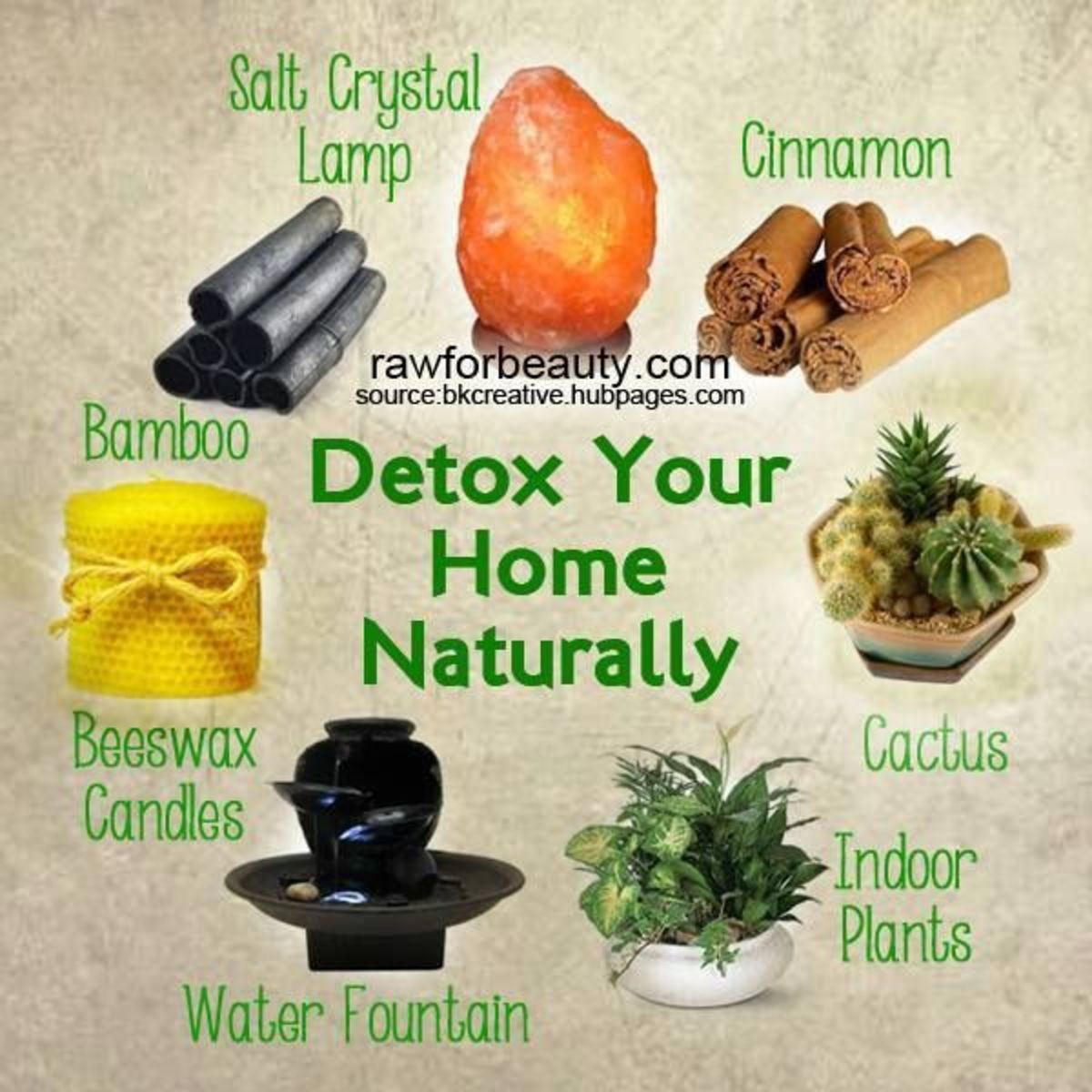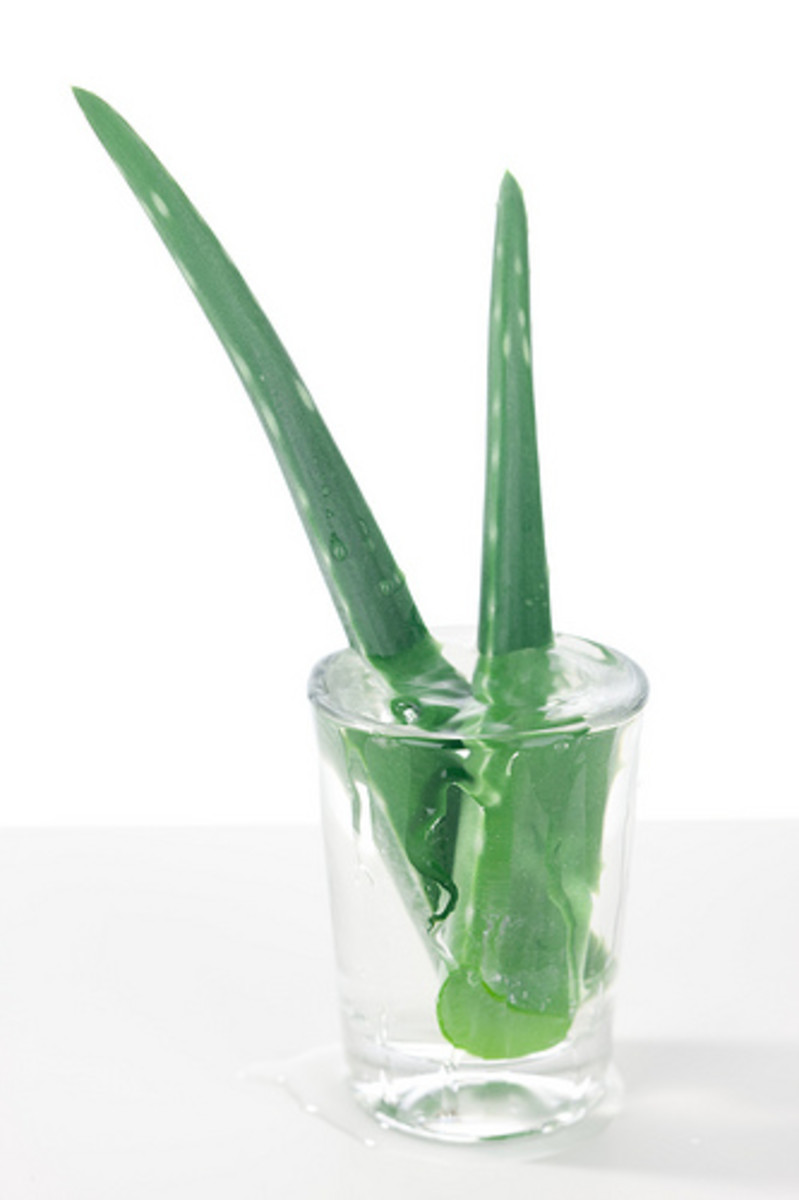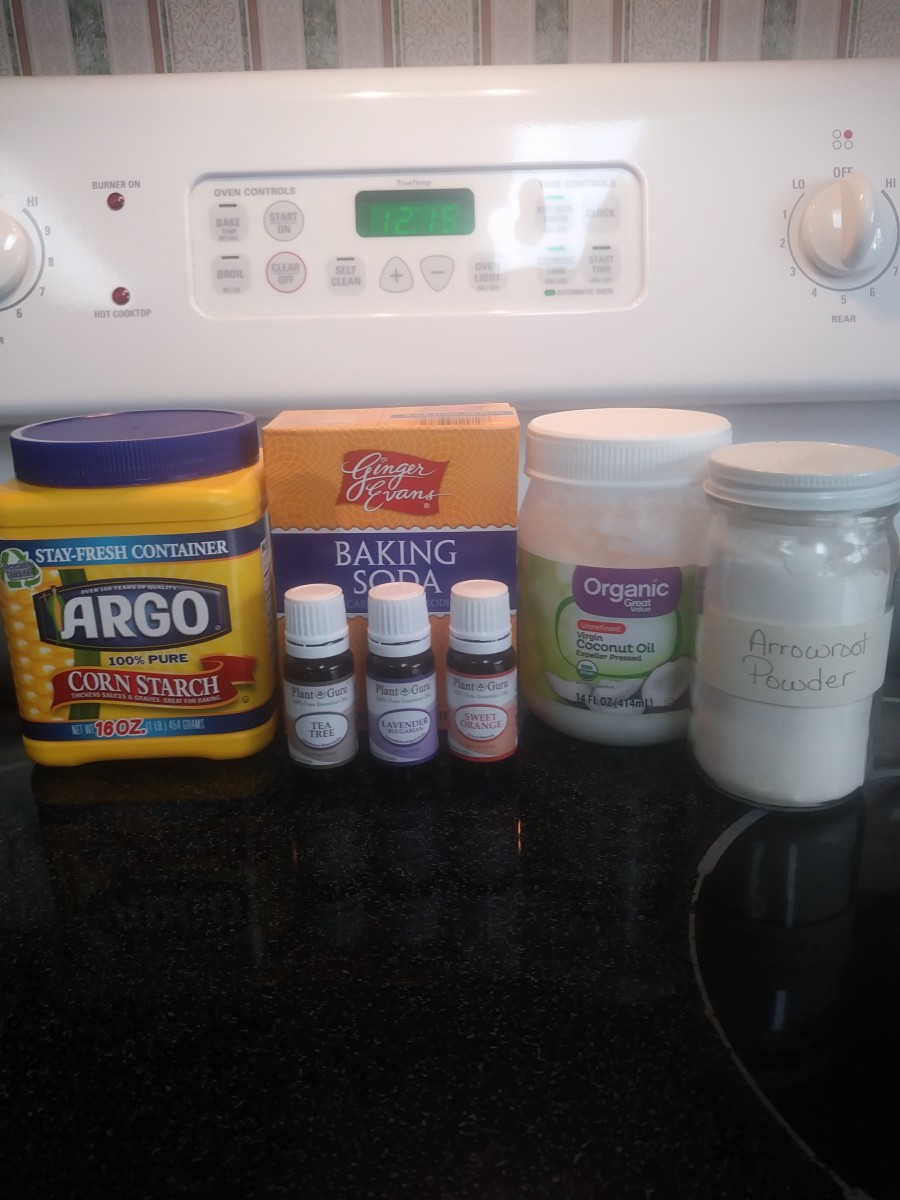Is A Toxin Free Home Possible?
Even with the plethora of information available to us, keeping our homes safe and free of toxins is a never-ending battle. Products that seem safe can increase our risk of disease or have dangerous side-effects. While it is hard to completely avoid toxic chemicals, there are options to help reduce exposure.
Much of the time unless we have allergies or are sensitive to certain chemicals, we are not aware of the effect a home product may have on us. Toxic products are around us, from the paint on the walls to the polish on the floor, the containers we eat out of, the fabrics in our upholstery, and even the mattresses we sleep on. Even more ironic, toxins can even be found in the products we clean our homes with.
"I" know you’re asking the same questions millions of others have already asked; How do we fix this ongoing “toxic” problem? Here are some points you may want to try in your attempt to clean, if not “green”, your home environment.
- Fresh Air ...A study by EPA suggests that opening your windows as much as possible so that fresh air can circulate throughout your home. Air-circulation systems also bring in fresh air as well as remove the stale air. Also in the study, twenty (20) compounds were found in the home that was not found outside. To that end, and as an added safety measure, install exhaust fans in the kitchen, bathroom, and attic that vent to the outside.
- Non-toxic” cleaning products... Always check labels on cleaning products to make sure they are non-toxic. In today’s era of “health conscious” scientific technology that are many companies that produce cleaners not comprised of “back then” ingredients. The best choice is to purchase cleaners that are fragrance-free, petrochemical free, free of bleaches, preservative-free, and vegetable-oil based. There are still products on the market can cause both skin irritations and breathing problems.
- Toxin Free waxes, polishes, paints, and finishers...If possible, always inquire or investigate dangerous toxins in waxes, paints, polishes, and finishers before purchasing. Most of these products contain volatile organic compounds that for months, even years causing serious health problems. If cleaning or thinning of products is needed, use non-chlorinated solvents such as turpentine, ethanol, or acetone. Spray painting should be avoided if not possible. If not, be sure to use the proper protective gear.
- Choose natural cotton or latex mattresses... Though more expensive, natural cotton and natural latex mattresses are a better choice than fire-retardant treated mattresses. Fire-retardant mattresses are treated with polybrominated diphenyl ethers which accumulate in the body and can harm unborn fetuses and infants. They may also cause breathing disorders, skin irritations, and asthmatic reactions.
- Avoid plastic food packaging... Avoid plastic wraps and polystyrene containers at all cost and substitute them with glass or metal containers. Chemicals from both products can migrate into food and drink from heating and microwaving.
- Healthier flooring material... When selecting wood flooring, pressure treated wood and wood not finished with polyurethane ensures your household will not be flooded with phenol resin emissions. Finishing your wood with linseed and other oils is much healthier choice.
- Choose the right carpet... To avoid toxic gases emanated from your carpeted floors, purchase natural fiber carpet such as wool, sisal, cotton, or jute, in lieu of synthetic carpet. Synthetic carpet is usually made from petroleum derivative plastic fibers that can cause asthma and bronchitis as well constant dizziness and headaches. In addition, install your carpet with solvent free adhesives instead of solvent based which also create toxic emissions.
And finally…
As I initially stated, the plethora of information tackling the issue of toxins in the home is both overwhelming and scary. I have managed to describe just a few of those ways as each case may be addressed differently and to a greater or lesser extent. To that end it is easy to surmise that making your home environment safer and free of toxins is a never-ending issue. The first step in creating viable solutions is to keep ourselves informed so that we can make healthier choices. One day at a time, and one step at a time, we can gradually create homes that are less toxic and much better for our family's overall health








